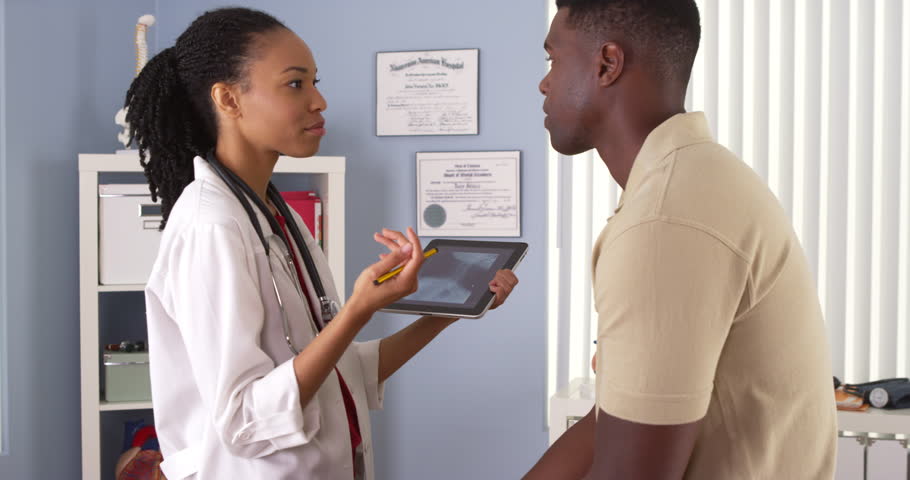
It’s no secret that many people in America don’t go to a primary care physician as often as they may need to. Many people depend on places such as urgent care centers, emergency rooms, and retail clinics for their non-emergency medical care. However, many people in the LGBTQ and MSM community don’t feel comfortable enough to seek out health care in many of these facilities. According to a study by the National Center for Transgender Equality and the National Gay and Lesbian Task Force, 37% of transgender patients alone have experienced discrimination in both hospitals and doctor’s offices. An even bigger issue lies in the reports by The National Institute of Health that revealed that a shocking 80% of first-year medical students expressed some form of bias against lesbians and gays. When JAMA conducted a study at 132 medical schools, they found that the average time dedicated to LGBTQ health in an entire doctor’s education was only 5 hours. You can only imagine the training, or lack there of , that is seen in physicians who have been practicing medicine long before we even had these conversations about sexuality or self-identification.
So what can a person who is seeking medical care do if they are a part of these communities? One of the suggestions many experts have on selecting a physician is by listening to the experiences of other patients. However, it is impossible to know how a physician responds to a man who has sex with other men if their is no conversation about these experiences. My first suggestion for finding a doctor who wears a “rainbow caduceus” is by talking to other people who have opened up to their doctor about their sexuality. Another way to find a physician who is probably not discriminating is by reviewing the office intake form; it is a good indication if the “sex” boxes include more options than just male or female. A very important factor in choosing a physician is finding one you feel comfortable with. Most physicians will try to build a rapport with his or her patient upon the first visit. This presents the opportunity to “interview” the physician and to find out how comfortable you are with him or her. Another thing you can do before visiting the physician is to find out the patient demographic of that physician. Some physicians will share this information on a web page, and others don’t mind answering questions about what type of patients they have a lot of experience with directly. Although we expect our physician to know exactly what to say and do when we visit them, understanding his or her limitations is important. If your physician is willing to learn about who you are and your individual needs, this is a good opportunity to help influence a better educated and equipped physician that can better serve more people in the MSM and LGBTQ community.
For more information on finding a primary care physician go to http://www.consumerreports.org/doctors/how-to-find-a-good-doctor/.

